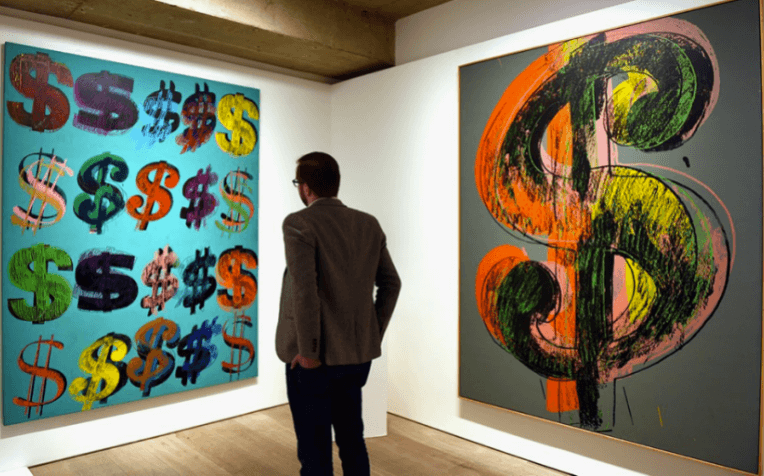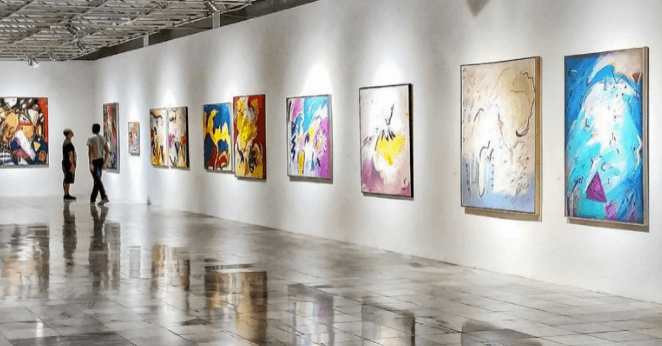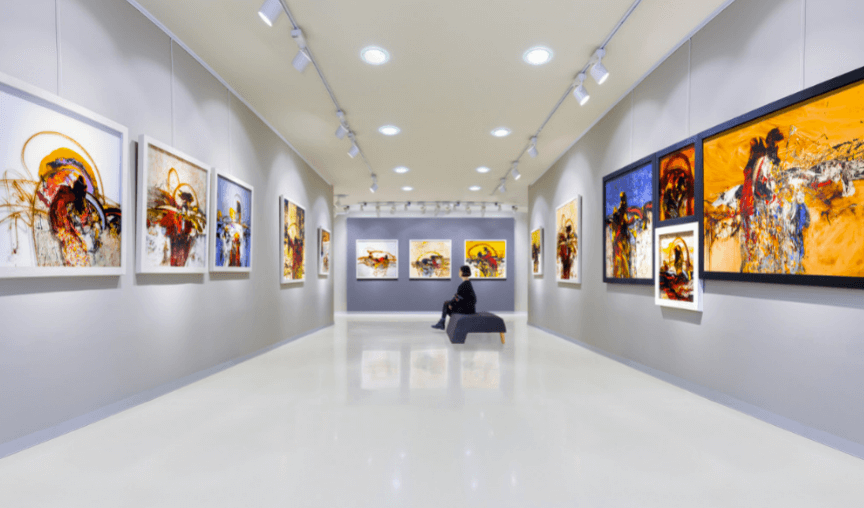What is Artwork Fund?
At present, artwork funds are mainly divided into three categories, namely art portfolio investment, artist trust investment, and art hedge investment.

Art portfolio investment is the most common type of art fund, and its main model is to invest the raised funds into artworks in multiple periods or of different types. For example, an art portfolio investment fund may include ancient porcelain, post-war art, contemporary art, etc. The fund manager will work with the art consultants of the fund to determine the investment ratio of each type of artwork.
Some foundations use part of the funds to buy artwork, and the remaining funds are used to increase the publicity of the artwork they invest in, thereby directly or indirectly raising the price of these works of art. Art foundation securitizes art portfolios as investment targets for investors to purchase equity.
Investors are mostly high (ultra) net worth individuals, family offices and financial management companies. The investment thresholds of artwork funds range from US$500,000 to US$1,000,000. Investors generally need to wait for a lock-up period before they can freely trade the shares or ownership of the fund. The more common annual compound rate of return of such funds is about 5%-15%.

In addition to funds that invest directly in artworks, there are also funds that invest in artists. Artist Pension Trust (APT), an art trust fund in the United States is just an example. Its investors and investment targets are artists. Artists do not directly invest funds in APT but provide their works and submit at least one of their works every year to APT, and APT will choose to sell it after a few years when the value of the work is high.
The operation mode of APT is similar to social insurance. Artists can not only obtain the current shared benefits, but also enjoy the future value-added benefits of the works, thus minimizing their own risks. Such funds have better liquidity and lower operating costs.
Compared with art portfolio funds and trust funds, art hedge funds are a relatively new concept, such as Art Trading Fund, the world's first art hedge fund. Its biggest feature is the use of hedging to avoid artwork investment risks, that is, the fund selects those company stocks that are closely related to the art market from the securities market.

The art fund market is a segment under the art market. In addition to the direct purchase and collection of artworks, investing in art funds is also a relatively common way of investment. The global art investment funds are mainly divided into two categories according to the region. In recent years, Chinese-based funds have gradually become standardized, while European and American funds have become more refined, and the global art fund industry has entered a period of consolidation and accumulation. Public data compiled by An Art Basel shows that the size of the global art fund reached its peak in 2014, at US$68.2 billion. The scale of Chinese funds reached its peak in 2015, reaching US$27.43 billion, accounting for 43%.
(Writer:Dancy)




